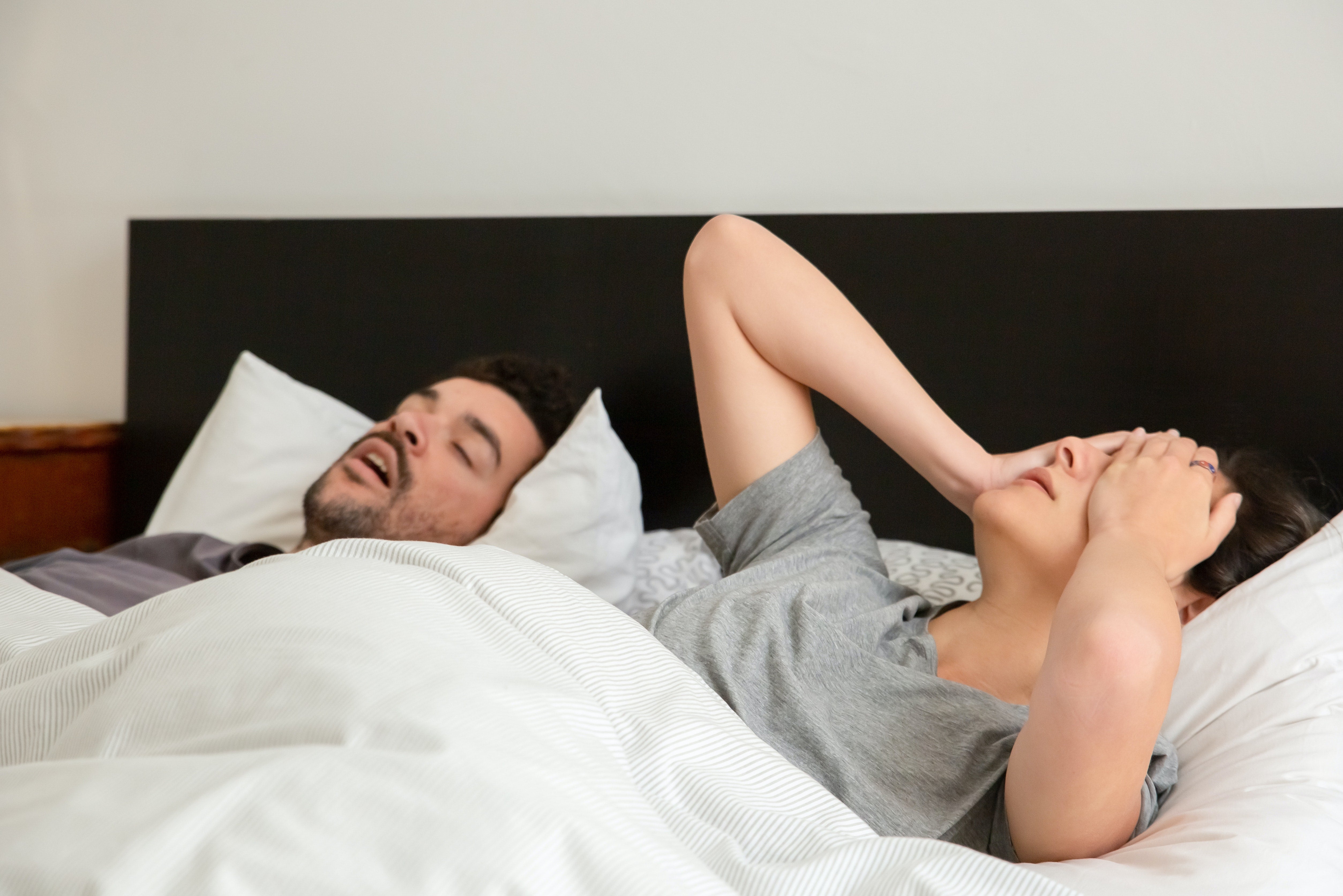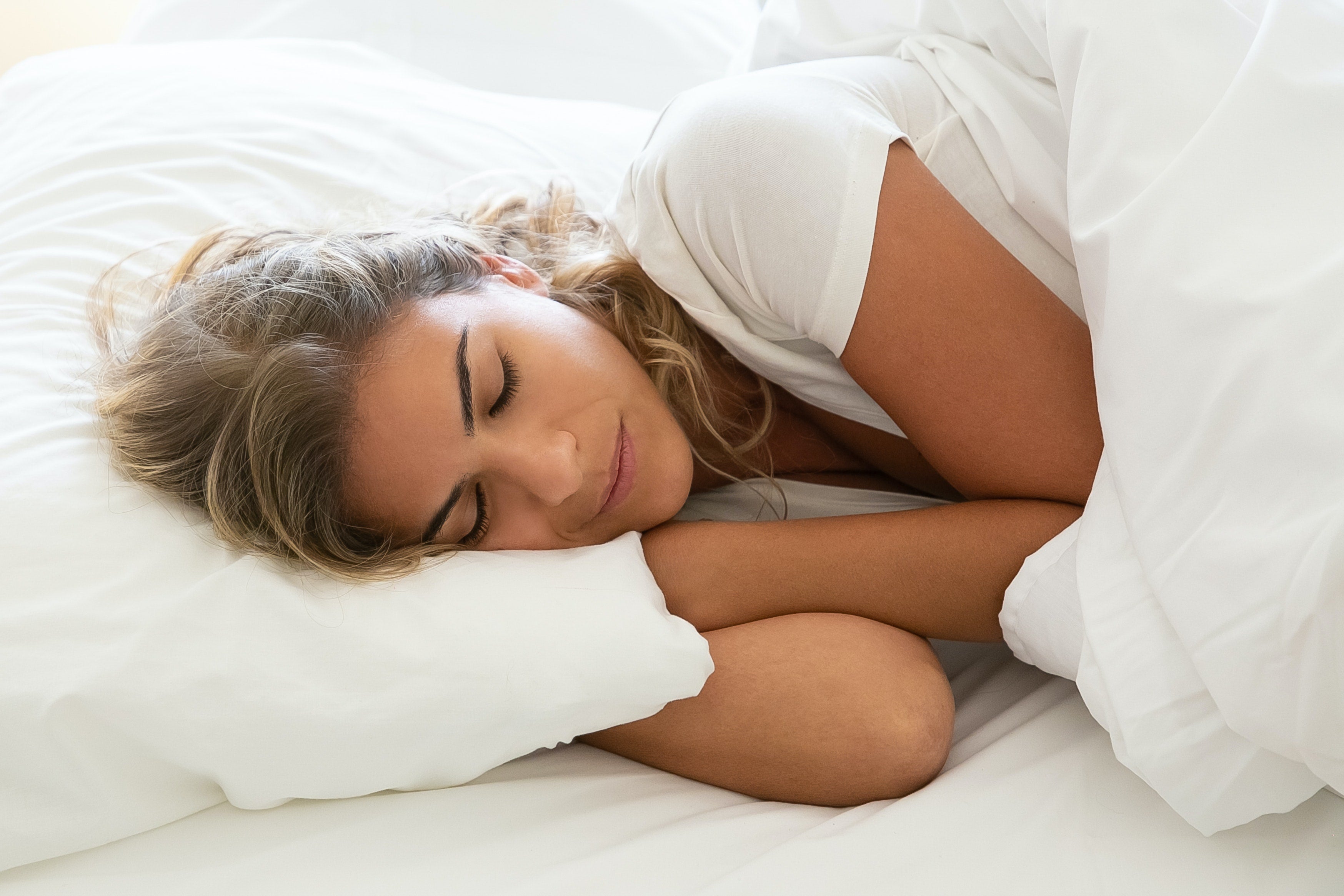The Benefits of White Noise for Better Sleep

In today's fast-paced and noisy world, getting a good night's sleep can sometimes feel like an impossible task. Fortunately, there are tools and techniques that can help you fall and stay asleep. One such tool is white noise. White noise has gained popularity as a sleep aid, with many people claiming that it helps them fall asleep faster and stay asleep longer. But what exactly is white noise, and how does it work? In this blog post, we will explore the science behind white noise, its potential benefits, and how to incorporate it into your bedtime routine.
What Is White Noise?
White noise refers to a specific type of sound that contains all frequencies across the spectrum of audible sound in equal measure. It is often described as a constant, gentle hum that masks other sounds in the environment. Think of the static sound that comes from an untuned radio or television. This unique quality of white noise makes it an effective tool for masking out disruptive noises and creating a soothing sleep environment.
White noise is different from other types of noise, such as pink noise and brown noise. Pink noise is similar to white noise in that it contains components from across the sound spectrum, but the power of its frequencies decreases with each higher octave, resulting in a lower-pitched sound. Brown noise, on the other hand, has a deeper sound than white or pink noise because its power decreases at a faster rate with each octave.
The Science Behind White Noise
The effects of white noise on sleep have been the subject of numerous research studies. While more research is needed to fully understand its mechanisms, there is evidence to suggest that white noise can have a positive impact on sleep quality.
One study has established that listening to white noise helped newborn babies fall asleep faster (1). Another showed that white noise affected the amount of time adults spent in different sleep stages (2). A third demonstrated that adults fell asleep 38% faster while listening to white noise (3). These findings suggest that white noise may have a calming effect on the brain, facilitating the transition from wakefulness to sleep.
White noise may also help reduce the impact of disruptive noises during sleep. Research has shown that exposure to unexpected noises can cause changes in heart rate and disrupt sleep. By providing a steady and predictable sound, white noise can potentially reduce a sleeper's sensitivity to external noises and promote a more peaceful sleep environment.
The Potential Benefits of White Noise for Sleep
While the research on white noise and sleep is still evolving, there are several potential benefits associated with its use as a sleep aid. Here are some of the ways white noise may help improve sleep quality:
1. Masking Disruptive Noises
One of the primary benefits of white noise is its ability to mask disruptive noises from the environment. Whether it's the sound of traffic outside your window, a neighbor's dog barking, or a partner's snoring, white noise can help drown out these disturbances and create a more serene sleep environment.

2. Promoting Relaxation and Stress Reduction
The soothing and constant sound of white noise can have a calming effect on the brain, helping to reduce stress and promote relaxation. This can be particularly beneficial for individuals who struggle with anxiety or have difficulty winding down at night.
3. Enhancing Focus and Concentration
White noise has been shown to improve focus and concentration, making it a valuable tool for individuals who need to study or work in noisy environments. By creating a consistent background sound, white noise can help block out distractions and improve cognitive performance.
4. Facilitating Sleep Onset
Many people find it challenging to fall asleep when their minds are racing or when they are surrounded by silence. White noise can help create a more conducive sleep environment by providing a gentle and consistent sound that promotes relaxation and sleep onset.
5. Improving Sleep Quality and Duration
Research suggests that white noise may have a positive impact on sleep quality and duration. Studies have found that individuals who listen to white noise while sleeping spend more time in deep sleep and experience fewer awakenings throughout the night. This can lead to a more restorative and refreshing sleep experience.
6. Creating a Consistent Sleep Environment
White noise can help create a consistent sleep environment, especially for individuals who travel frequently or live in noisy surroundings. By bringing a white noise machine or using a white noise app, you can recreate the familiar sound of white noise wherever you go, ensuring a more consistent and uninterrupted sleep experience.
How to Incorporate White Noise Into Your Bedtime Routine
If you're interested in incorporating white noise into your bedtime routine, here are some tips to help you get started:
1. Choose the Right White Noise Machine or App
When selecting a white noise machine or app, consider factors such as sound quality, cost, volume control, and sleep timer functionality. There are many options available on the market, ranging from standalone machines to smartphone apps. Choose one that suits your preferences and needs.
A novel and ingenious option for white noise delivery is the Soli pillow - a unique memory foam pillow with embedded soft headphones. The Soli pillow allows you to play white noise just to yourself. You can adjust the volume of white noise over your ears, effectively drowning out your partner's snoring, a loud neighbor, or other noises which may be preventing you from relaxing and falling asleep. There are many apps (many of them free), which you can use to play white noise through your Soli pillow. Some of these apps have built-in timers, making it possible to turn off the white noise after a period of your choice.

2. Set the Volume at a Comfortable Level
There are no official guidelines for setting the volume of a white noise machine, but it's important to ensure that it is not too loud or too soft. Aim for a volume level similar to that of a background conversation or light rustling. Experiment with different volume settings to find the one that works best for you.
3. Incorporate White Noise Into Your Bedtime Routine
Make white noise a part of your bedtime routine by turning on the machine or app just before turning off the lights. Consider whether you prefer the white noise to play all night long or only as you fall asleep, and set a timer as needed. Avoid using screen-based devices during your nightly routine to promote a more peaceful sleep environment.
4. Reserve Your Bed for Sleep or Sex
To create an association between your bed and sleep, it's important to reserve it for activities that promote rest and relaxation. Avoid using your bed for activities such as watching TV or working on your laptop. By keeping your bed dedicated to sleep and sex, you can help train your brain to associate it with restfulness.
5. Maintain a Consistent Bedtime Routine
Try to establish a consistent bedtime routine by going to bed at the same time each night, even on weekends. This helps regulate your body's internal clock and makes it easier to fall asleep and wake up at the desired times. Incorporate other relaxing activities into your routine, such as reading a book or taking a warm bath, to further promote a restful sleep environment.
Conclusion
White noise can be a valuable tool for promoting better sleep. Its ability to mask disruptive noises, promote relaxation, and create a consistent sleep environment makes it an attractive option for individuals seeking a restful night's sleep. While more research is needed to fully understand its mechanisms and benefits, incorporating white noise into your bedtime routine may help improve sleep quality and duration. Experiment with different white noise machines or apps to find the one that works best for you, and enjoy the soothing sound of white noise as you drift off into a peaceful slumber.
References
-
Spencer, J. A., Moran, D. J., Lee, A., & Talbert, D. (1990). White noise and sleep induction. Archives of Disease in Childhood, 65(1), 135–137.
-
Scott, T. D. (1972). The effects of continuous, high intensity, white noise on the human sleep cycle. Psychophysiology, 9(2), 227–232.
-
Messineo, L., Taranto-Montemurro, L., Sands, S. A., Marques, M. D., Azabarzin, A., & Wellman, D. A. (2017). Broadband sound administration improves sleep onset latency in healthy subjects in a model of transient insomnia. Frontiers in Neurology, 8, 718.



